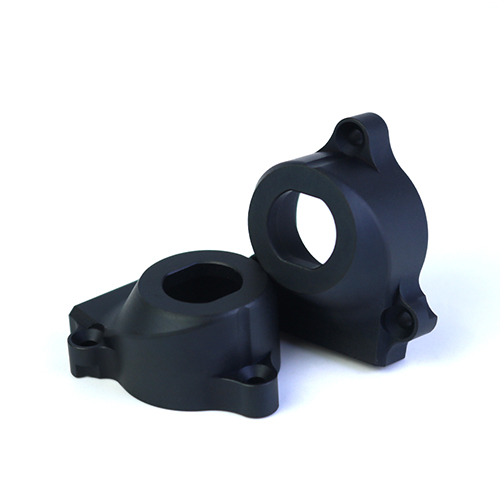In today’s wave of intelligent and precise manufacturing, CNC machined parts have become the cornerstone of high-end equipment manufacturing, automotive, electronics, medical and other industries with their excellent accuracy, consistency and efficient production capacity. With the in-depth promotion of Industry 4.0, CNC (computer numerical control) processing technology is constantly breaking through the bottleneck of traditional manufacturing and providing enterprises with more reliable and flexible parts solutions.
Core advantages of CNC machining parts
CNC machining can produce metal or plastic parts with complex geometric shapes through digital programming and control of machine tools.
Its core advantages include:
• Ultra-high precision: The tolerance can reach ±0.01mm, meeting the precision requirements of demanding industries such as aerospace and medical devices.
• Batch consistency: Automated production ensures that the size and performance of each component are highly consistent, reducing human errors.
• Complex structure processing capabilities: Multi-axis linkage processing can be easily achieved to complete special-shaped parts, deep holes, curved surfaces and other structures that are difficult to handle with traditional processes.
• Wide material adaptability: Applicable to a variety of materials such as aluminum alloy, titanium alloy, stainless steel, engineering plastics, etc., to meet the needs of different industries.
Widely used in the industry, enabling high-end manufacturing
Automotive industry: CNC machined parts are widely used in key parts such as engine cylinders, gearbox gears, and new energy vehicle battery structural parts, helping to reduce weight and improve performance of automobiles.
• Aerospace: High-strength parts such as aircraft turbine blades and landing gear rely on CNC precision machining to ensure flight safety and reliability.
• Medical equipment: Artificial joints, surgical instruments, etc. have extremely high requirements for surface finish and biocompatibility, which can be perfectly achieved by CNC technology.
• Electronic communications: The miniaturization and high-density processing needs of 5G base station housings, precision connectors and other components drive the continuous upgrading of CNC technology.
Future trends: intelligent and flexible manufacturing
With the integration of artificial intelligence (AI) and Internet of Things (IoT) technologies, CNC machining is moving towards a smarter future:
• Adaptive machining: Automatically adjust cutting parameters through real-time sensor feedback to improve yield rate.
• Digital twin: Virtual simulation optimizes machining paths and reduces trial and error costs.
Flexible production line: Combined with collaborative robots, it can achieve rapid switching of small batches and multiple varieties to meet personalized customization needs.
Post time: Jul-03-2025





